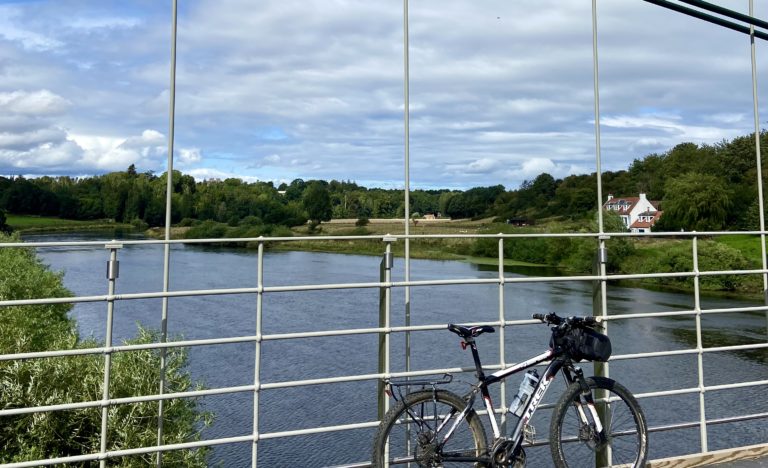Bee Friendly
I recently crossed the River Tweed and journeyed south, leaving the Scottish Borders, and the Vikings’s passage of the North Sea. I travelled on, past the roman walls of York, heading much further south in search of one of London’s beekeepers. This beekeeper spends her days dressed as “Andy Pandy”, on the roof tops of our capital city. She constantly keeps check on the honey bee’s healthy state, and the steady supply of liquid gold.
A beekeeper is a person who keeps honey bees, honey being the important word. Autumn in London doesn’t provide much in terms of harvest for the honey bee, and the weather is now turning cold. A beekeeper lives much like a farmer with the working week dictated by the weather. A good summer will harvest a great deal of honey.
Pollutions and toxins are a serious threat to our bees, and are all around us. The honey bees however, are very intelligent. If worker bees have been contaminated with toxins, fellow bees will not allow them entry into the hive. Bees are a peaceful nation, but can sense threat.
The honey bees became accomplished on the dance floor long before “Strictly” arrived on our TV Screens! The joy dance, with a simple shake, literally takes them north in constant search of the queen bee herself. The waggle dance was perfectly demonstrated by the converse clad and nimble footed beekeeper. Waggle is a very cute word. I’m thinking of Mickey’s naughty companion Donald or Beatrix Potter’s equally stubborn Jemima. The waggle dance is performed in a pattern, the type of pattern determining which direction the bees wish to travel. They have their own piece of inbuilt software, just as the salmon fight against the current and swim up our great scottish river the Tweed, to return to the same spawning ground every year.
All these little insights into the habits and practices of the honey bee were shared on The Roof Terrace at Ham Yard Hotel. Everyone relaxed with a honey based cocktail, non-alcoholic for me of course, and a rare London view of Firmdale Hotel’s own autumn fruiting apple trees. This place is working hard along with other key institutions in london such as The National Gallery and The Old Bailey to help promote care of the environment but, more importantly, the inhabitants that live within it. On this roof top terrace in Soho, country life has most definitely been brought to town.
On the way home I thought about the honey bees that used to live at Milne Graden, they used to make a hive anywhere. Garden House was the first of our 8 holiday cottages. It sits in a quiet setting on the banks of the Tweed – I did mention earlier that a peaceful setting is very conducive to making honey. Work started at Garden House 9 years ago. This riverside cottage had previously been home to the head gardener, being conveniently situated next to the large Victorian walled garden. The honey bees decided to make Garden House their home as well, and it was at this time when starting the refurbishment that we uncovered a whole ceiling of honeycomb dripping with honey. It was an incredible sight to behold.
Everyone at Milne Graden has always loved honey bees, and we’ve always enjoyed their honey. It’s the natural sweetener for a lemon tea, tops the greek yoghurt on the homemade granola at breakfast, and joins the bread and butter for supper on a Sunday evening, when simply nothing else will do.








